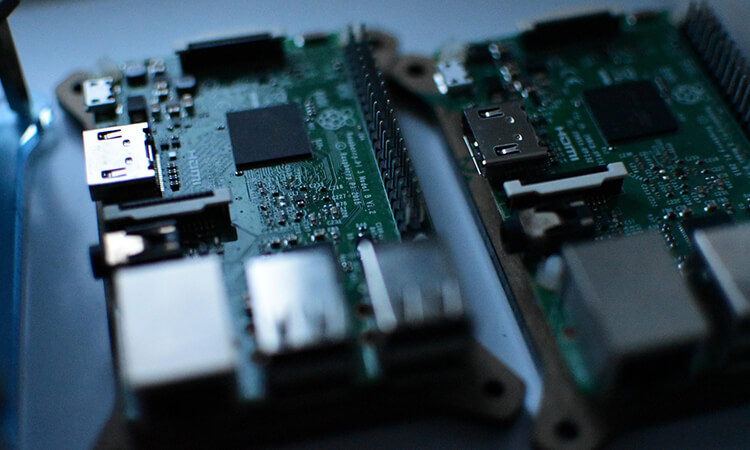Industrial Switch Environmental Adaptability
In modern industrial automation systems, industrial switch play a critical role. Unlike commercial switches, they must operate reliably in extreme conditions such as high/low temperatures, humidity, vibration, and electromagnetic interference (EMI). This article explores the environmental adaptability of industrial switches, analyzes their key features, and explains why they are indispensable in industrial applications.
Key Environmental Adaptability Features
1. Wide Temperature Range
Industrial switch typically support -40°C to 75°C, while commercial switches only work within 0°C to 40°C. This makes them suitable for harsh environments like steel plants and oil rigs.
2. Dustproof & Waterproof (IP Rating)
With IP40 to IP67 protection, industrial switches resist dust and water ingress. For example, an IP67-rated switch can survive temporary submersion, ideal for humid or dusty factories.
3. Vibration & Shock Resistance
Industrial equipment often generates strong vibrations. Thus, industrial switches use reinforced casings and anti-vibration designs to ensure stable data transmission.
4. Electromagnetic Compatibility (EMC)
Industrial environments have heavy EMI (e.g., motors, inverters). Industrial switches employ shielding and filtering technologies to minimize signal interference.
4. Redundant Power & High Reliability
Most industrial switches support dual power inputs and ring network redundancy (RSTP/MSTP), ensuring zero downtime even if one power source fails.
Typical Applications
- Smart Manufacturing (Industry 4.0): Enables stable communication in fully automated production lines, supports real-time equipment monitoring and predictive maintenance
- Energy Sector (Wind/Solar): Withstands extreme outdoor weather conditions (-40°C to 75°C), provides reliable connectivity for remote renewable energy sites
- Rail Transit Systems: Resists constant vibrations from train operations, maintains network stability despite electromagnetic interference
- Smart City Infrastructure: Ensures uninterrupted video surveillance in all weather conditions, supports traffic management systems with PoE capabilities
- Mining Operations: Operates reliably in underground high-humidity/dusty environments, available in explosion-proof versions (ATEX/IECEx certified)
- Marine & Offshore Applications: Features salt-spray corrosion resistance for coastal/offshore use, complies with DNV-GL marine certification standards
- Military & Aerospace: Extended temperature range models (-55°C to 85°C), EMI-hardened designs for battlefield communication systems
- Agricultural Automation: Protected designs for greenhouse humidity/pesticide exposure, supports solar-powered field networking solutions
- Oil & Gas Industry: Explosion-proof models for hazardous areas (Zone 1/Zone 2), special anti-corrosion coatings for H₂S resistance
- Utility Infrastructure: Waterproof designs for substation and grid applications, long-distance fiber connectivity for power distribution
How to Choose the Right Industrial Switch?
- Assess environmental needs (temperature, humidity, IP rating).
- Evaluate network architecture** (redundancy/PoE requirements).
- Select reliable brands (e.g., Hirschmann, Moxa, Siemens).
Conclusion
Industrial switches’ environmental adaptability makes them essential for industrial networks. Whether facing extreme temperatures, vibrations, or EMI, they ensure stable and efficient communication. Businesses should choose the right model based on their specific needs to guarantee long-term reliability.




